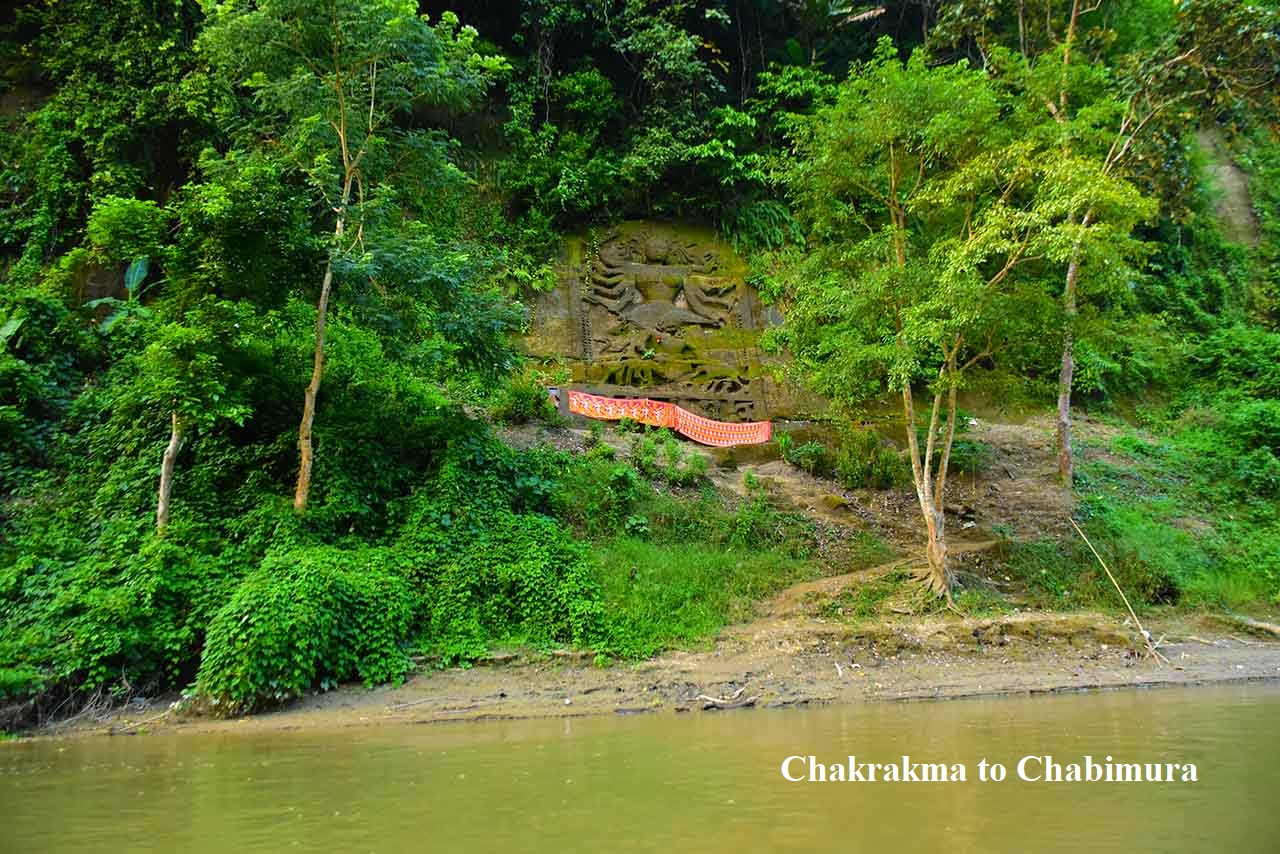By Pankaj Debbarma

The northeastern state of Tripura, nestled between Bangladesh and the Indian states of Assam and Mizoram, is renowned for its diverse indigenous communities, each with unique cultural practices and languages. However, the region has undergone profound demographic shifts due to large-scale refugee movements across the international boundary, resulting in the rise of political and cultural hegemony. This article explores the intricacies of indigenous identity, the consequences of demographic transitions driven by migration, and the challenges confronted by indigenous communities in safeguarding their heritage and rights amidst a rapidly transforming socio-political context.
𝐔𝐧𝐝𝐞𝐫𝐬𝐭𝐚𝐧𝐝𝐢𝐧𝐠 𝐈𝐧𝐝𝐢𝐠𝐞𝐧𝐨𝐮𝐬 𝐈𝐝𝐞𝐧𝐭𝐢𝐭𝐲:
In Tripura, the term “Indigenous people” refers to a myriad of tribal groups with historical ties and continuity with the pre-invasion and pre-colonial societies of the region. These communities view themselves as distinct from other sectors of society, cherishing their unique cultural heritage and deep connection to the land. The diversity of languages, customs, and traditions within these tribes contributes to the rich cultural fabric of Tripura. Presently, the state is home to nineteen tribes, including Lushai, Mog, Kuki, Chakma, Garo, Chaimal, Halam, Khasia, Bhutia, Munda, Orang, Lepcha, Santal, Bhil, Tripura (or Tripuri, including Laskar), Jamatia, Noatia, Reang, and Uchoi.
𝐃𝐞𝐦𝐨𝐠𝐫𝐚𝐩𝐡𝐢𝐜 𝐓𝐫𝐚𝐧𝐬𝐢𝐭𝐢𝐨𝐧𝐬:
The pivotal moment in Tripura’s demographic landscape occurred during the Partition of India in 1947, when a significant influx of Bengali Hindus from East Pakistan took place. The migration resulted from religious unrest and political turmoil during the partition. This mass movement of people significantly altered the demographic pattern, with the immigrant population gradually outnumbering the indigenous tribes.
In the decades that followed, the indigenous communities faced challenges stemming from their shrinking population share. Census reports reflected a steady decline in the percentage of the tribal population, leaving them increasingly marginalized within their ancestral lands. The overwhelming presence of Bengali refugees tilted the balance of political power and influence, further exacerbating the struggles faced by the indigenous communities.
𝐄𝐦𝐞𝐫𝐠𝐞𝐧𝐜𝐞 𝐨𝐟 𝐏𝐨𝐥𝐢𝐭𝐢𝐜𝐚𝐥 & 𝐂𝐮𝐥𝐭𝐮𝐫𝐚𝐥 𝐇𝐞𝐠𝐞𝐦𝐨𝐧𝐲:
The political landscape in Tripura evolved with the rise of consciousness among various communities and the establishment of democratic institutions. However, the influx of Bengali refugees allowed them to assert their influence over the political framework. The institutional support available to the refugees facilitated the consolidation of their position, leading to the emergence of a distinct political structure, different from other Bengali refugee-absorbent states like West Bengal and Assam.
This shift in political dynamics coincided with cultural hegemony. The imposition of Bengali as the medium of language for official purposes, education, trade, and other public domains gradually eroded the linguistic and cultural identity of the indigenous tribes. The renaming of places and institutions with Bengali names reinforced the dominance of the immigrant population and marginalized the indigenous heritage.
𝐂𝐮𝐥𝐭𝐮𝐫𝐚𝐥 𝐒𝐭𝐫𝐮𝐠𝐠𝐥𝐞𝐬:
The cultural struggles faced by the indigenous communities in Tripura were multifaceted. With their populations declining, there arose growing concerns about preserving their languages, customs, and traditions. The influx of outsiders and the dominance of the Bengali language posed threats to the richness of the indigenous cultural heritage.
Moreover, the cultural hegemony extended to historical narratives and artistic expressions, with the stories and contributions of the indigenous people often neglected or overlooked. This cultural subjugation perpetuated a sense of alienation among the tribes and hindered their full participation in and contributions to the social and political life of the state.
Tripura’s journey from being a land of diverse indigenous tribes to a state grappling with demographic transitions and cultural struggles highlights the complexities of identity and the challenges posed by migration and hegemony. Preserving the cultural heritage and rights of the indigenous people is crucial for fostering a harmonious and inclusive society. As we move forward, acknowledging and addressing historical injustices is essential to work towards a more equitable coexistence where all communities can thrive in unity and mutual respect. By embracing the diverse tapestry of Tripura’s cultural heritage, we can forge a brighter future that celebrates the richness of indigenous identities and embraces the collective strength of its people.
